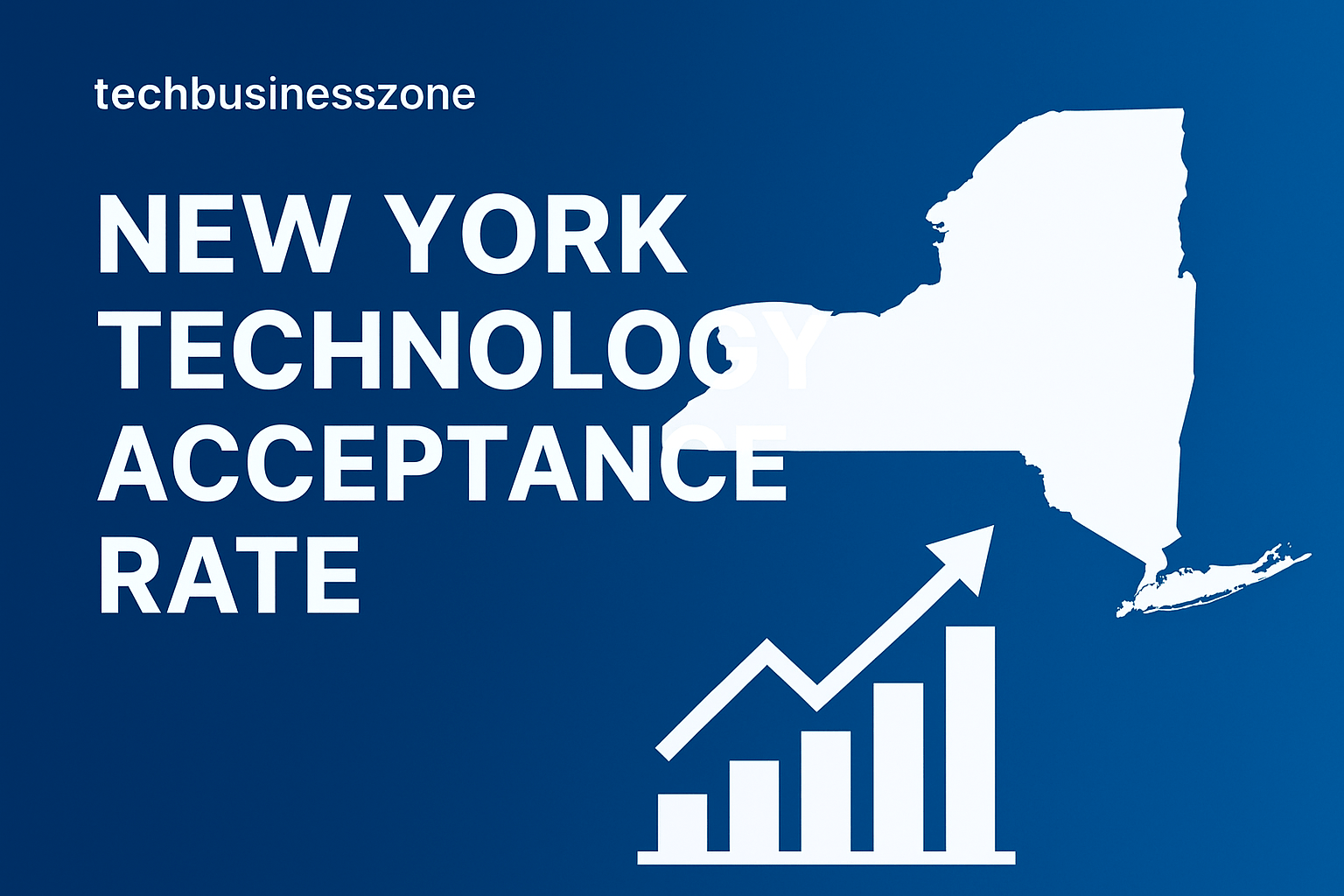Common Challenges in Implementing Management Information Systems
Introduction to Management Information Systems (MIS)
Management Information Systems is a fundamental part of organizational infrastructure. It plays a critical role in managing data. This system facilitates decision-making processes. A human resources system integrates hardware, software, and data management practices.
This integration achieves streamlined operations. It also leads to improved productivity and informed choices for an organization. The MIS core role is collecting raw data. This data can be converted into usable information at various organizational management levels.
Importance of Management Information Systems (MIS)
In short, the importance of MIS lies in its ability to design an integrated system of managing information. An efficient MIS ensures that an organization operates smoothly and quickly reacts to any change in the business environment. For instance, the lab information management system helps to improve data accuracy.
It also enhances accessibility for researchers and administrators. This improvement enhances the laboratories’ workflow. These systems guarantee that key information is readily available for analysis, driving strategic initiatives and accountability.
Advantages of Management Information Systems (MIS)
There are many advantages of a management information system. Nevertheless, several challenges usually follow the implementation process. Organizations often face resistance to change. They also face inadequate training. Extra problems arise from aligning the human resources management system with other existing techniques.
Moreover, integrating with new technologies adds complexities related to data security. Privacy issues are also involved. In these cases, the setup effectiveness and organizational effectiveness are also very much at risk.
The Importance of MIS for Organizations
In general, knowing the purpose of MIS is essential. Understanding its importance is also crucial. Organizations need this knowledge to achieve the full potential of an information management system.
Realizing the common problems when implementing it will help companies prepare for smoother transitions. It will increase the chances for successful integration of systems. These systems include human resources and lab information systems in their framework of operations.
Lack of Unified Strategy
MIS, like human resource systems, often faces great hurdles in its implementation. This is primarily because of the lack of a unifying approach. When the organization lacks a coherent direction for its information systems, different departments operate independently.
This independence ultimately creates departmental silos. Departmental silos impede good data management practices. The outcome is variability in the data accuracy as well as lags in the flow of information.
The Vision of the Foundation for MIS Success
Without a comprehensive strategy, different units choose disparate systems to handle their information needs. For example, a human resources management system fails to integrate well with the laboratory information management system. The laboratory department uses this system.
Misaligned systems can lead to dispersed data, making it a challenge for decision-makers to get consolidated insights across departments. Moreover, no alignment will reduce the engagement and commitment of the stakeholders. This is because employees do not connect with the organizational vision. The vision forms the basis for the MIS.
Promoting Unified Data Management Practices
To overcome this challenge, there is a need to develop an information management strategy that is properly integrated. The strategy should incorporate the involvement of all stakeholders to guarantee proper alignment with the goals of the organization. Open communication and collaboration among departments will allow better understanding.
This applies to how different systems, like human resources systems and lab management systems, work together. Thus, advocating for a unified front on data management practice can be seen as conducive to the MIS implementation environment.
Resistance to Change
Implementing management information systems, like a human resources system, often encounters significant resistance from employees. It’s akin to a lab information management system. This resistance is mainly based on the psychological factors of change. Employees often naturally resist changes in established routines.
They find it challenging to adapt to new systems due to perceived threats to their job security. There is also a fear of the unknown and comfort linked to familiar processes. This resistance, consequently, needs to be overcome to implement the management information systems successfully.
Overcoming Resistance to MIS Implementation
To overcome resistance, it is essential to involve employees early. They should join in the process of implementing systems like human resources management systems. It also includes the master of information systems. This allows employees to express concerns and make suggestions for any change.
This creates an owner mentality and reduces resistance. Communication of the changes and how they are going to affect daily operations should be made clear to the organizations. Such transparency helps remove some fear between management and its employees.
Ensuring System Skill
Thorough training programs are another important aspect that should be included in the strategy to reduce resistance to change. Employees can gain confidence in their ability to navigate the new lab information system. They can also work proficiently with other management information systems.
This is achievable through extensive training. Ensuring that training sessions take place at convenient locations while continuous support is provided reduces employee discomfort and encourages adaptation.
Fostering a Smooth Transition to MIS
Another way of lessening resistance is by illustrating the tangible benefits of new systems. A human resources system, for example, can streamline procedures, make them more efficient, and lighten the workload for staff members.
This encourages a more positive attitude towards change. The culture of change should promote growth opportunities. It should foster personal development. These efforts mitigate resistance and make the changeover to management information systems smoother.
Integration with Legacy Systems
Generally, organizations face tremendous challenges while trying to integrate a new MIS with legacy systems. Such legacy systems were designed during past technological eras. They do not interface easily with newer solutions. This difficulty can lead to data silos and operational inefficiencies.
Data silos happen when information becomes trapped in a legacy system. This situation prevents access and sharing across an organization. This separation can hamper the decision-making process because stakeholders will not have a clear view of the data.
Using Middleware for System Integration
When implementing a human resources management system or a lab information management system, organizations should first assess their current systems. They need to find bottlenecks and spot compatibility issues. Such an evaluation should include a detailed analysis of the legacy system’s architecture, data formats, and operational processes. Knowing these factors will help companies find out which method is more suited for integration.
Most companies find that the use of middleware or APIs is an ideal solution. Middleware acts as a bridge from the old to the new. It transfers data and synchronizes processes. This is done without necessarily replacing each system. On the contrary, APIs create standardized communications between varying software applications to work freely together.
Integration Gradually
Gradual integration is recommended to offset risks linked to moving out from legacy. In this phase of strategy adaptation, both new human resource systems and the legacy must work together. This collaboration should guarantee minimal disruption of regular operations and daily activities. As each part is integrated, organizations can test and verify the efficiency of the processes. They can make necessary adjustments along the way.
Conclusion
Overcoming the integration challenge with legacy systems is very important. Organizations must tackle this to effectively leverage modern management information systems. Doing so fosters improved operational efficiency and enhances data accessibility.
Poor Data Quality
In the MIS world, quality data is of utmost importance. Data is the backbone of any human resources system, lab information system, or human resources management system. It influences the major decision-making processes in any organization. When the data is erroneous, incomplete, or outdated, it severely hampers the working of these systems. Erroneous data causes wrong strategies, resource misuse, and finally ineffectual output in an organization.
Human Error and Data Quality Issues
This makes data entry into these platforms the primary challenge that businesses face regarding a master of information systems. Poor data quality can occur due to human error. It can also happen because of failure to standardize data entry procedures. Additionally, inadequate training for personnel who manage the data is a factor. Each of these sources contributes to errors that lead to wrong analytics and poor management reporting.
Conducting Routine Data Audits
Poor quality data should be mitigated with the establishment of robust data quality controls within an organization. One method is to carry out routine audits on the data in the lab information management system. The entries must meet the given requirements for accuracy and completeness.
Additionally, validation processes guarantee that errors are detected during the entry of incorrect or inconsistent data. This detection eliminates such errors before they spread within it. Clear guidelines for data entry and maintenance are also necessary. They give the personnel a framework within which to work. The guidelines reduce the error levels.
Optimizing the Functionality of Critical Systems
Ultimately, the safeguarding of data quality is very critical to the optimized functioning of any management information system. Organizations that value data integrity enhance their decision-making processes. They create an environment of transparency and accountability. This ensures their human resources system and other critical systems function at peak efficiency.
Insufficient Resources
Management information systems can be somewhat demanding, especially when the organization has limited resources. In most cases, this is because of a lack of proper financial resources. There is also a shortage of technological and human resources. These limitations prevent the deployment of a system.
This includes systems like human resource management or a lab information management system. Minimal funding can lead to bad implementations of the framework. Such implementations do not solve what the organization needs and wants.
The Importance of the Right Technology for MIS
Also, any MIS must have the right technology. Organizations must guarantee they have the appropriate technological infrastructure. This supports the implementation of a master of information systems or any other specialized systems.
The existing hardware and software are not enough for the new system, thus requiring extra expenditures. This calls for careful budgeting to acquire the necessary tools, from the first setup costs to the maintenance and updates.
The Human Element in MIS
Another crucial aspect would be the human element. Effective human resources need to include competent employees to handle and run the technology. Hence, without such trained manpower, organizations would not use their new systems effectively. Training and development stay an investment. It has endowed employees with the ability to understand how detailed information systems work.
These systems include the ones for lab or human resource management. External consultants play an essential role. They make sure that a third-party implementation meets globally followed principles. They also check that it fits what would help the organization.
Evaluating Financial Capabilities for MIS
It is recommended that a thorough resource assessment be conducted before embarking on a Management Information System project. This assessment should look at financial capabilities, technological readiness, and the skill set of existing staff. This way, organizations can detect gaps early on. They can strategies properly to assign necessary budgets and resources. This will lead to a more successful MIS implementation.

Compliance Issues
In many ways, the implementation of a Management Information System (MIS) faces major compliance issues. This is mainly due to the complexity of regulatory requirements related to data management. Organizations must understand these regulations. They must guarantee full compliance from the beginning. This applies when a human resources system or a lab information management system is implemented.
Firms should be aware of important laws. Examples include the General Data Protection Regulation (GDPR) and the Health Insurance Portability and Accountability Act (HIPAA). Such regulations create stiff mandates on how sensitive data will be handled, kept, and secured.
Risks of Non-Compliance in MIS Projects
One of the greatest challenges in implementing MIS is ignorance or lack of knowledge about these regulatory frameworks. Organizations often underestimate the complexity of such regulations. This underestimation leads to a risk of non-compliance. Non-compliance can result in legal repercussions, financial penalties, and damage to their reputation.
The necessity must be studied in detail. Constant education on evolving guidelines is needed in the landscape of a human resources management system.
Ensuring MIS Meets Regulatory Expectations
Apart from that, integration into each level of the implementation process is vital. An organization should embrace change. This change involves compliance experts and their systems during planning. It is crucial at the time of actually undertaking the process. Regularly update policies to assess whether, at a given period, the framework complies with the regulations in use.
Consequently, the lab information system should have inherent features. These features confirm compliance with the requirements listed above. This reduces the burden of supervision. Organizations must, hence, be agile in changing their compliance requirements. They must change their human resources to fit the new needs. This ensures their MISs meet regulatory expectations.
Information Accessibility
Information accessibility is crucial for the successful implementation of any management information system. This is especially true when it is related to a human resources system or a lab information management system. Employees can make the right decisions with rapid access to relevant data. This increases productivity. It also ensures the success of the organization. Poor accessibility can result in confusion, delays, and even decrease job performance in general.
Designing Intuitive User Interfaces
The significant challenge for organizations in this industry is ensuring their employees can effectively search through large databases. This is a challenge of designing not only intuitive but also fit-for-user user interfaces. A usable interface reduces the learning curve.
This allows employees to focus more on their work rather than grapple with technology. Thus, a human resources management system that highlights usability will have high adoption rates. It will also achieve high user satisfaction.
Importance of Strong Search Functionality
Strong search functionalities also have to be there to allow fast retrieval of relevant information by users. A good search feature should support different types of queries. This helps employees find the documents, reports, or data sets they need without too much hassle. This is crucial for complex systems like a lab information system.
These systems often have users who need to access specific research data. They also need experimental results. Correct indexing and categorization of data within the human resources system would further streamline this process. It makes it easier for users to find the required information.
Boosting Employee Productivity in MIS
To overcome information-access problems, organizational systems should be developed for the end-user. Such a step ensures the integration of intuitive interfaces with the overall systems. It also incorporates powerful search capabilities. This integration is essential for operational success. Furthermore, it boosts the productivity of the employees of any management information system.
Change Management Challenges
Implementing an MIS is a very challenging area, especially in the case of change management. An organization has to deal with all complexities that arise when implementing the new system into existing processes. A good change management plan is necessary to help an easy transition. It minimizes resistance from the staff as much as possible. This should consist of several critical components to be used in guiding stakeholders through the process.
Engaging HR and Lab Information System Users
Stakeholder engagement is one foundational element of a change management plan. Early engagement of stakeholders leads to a sense of ownership and can reduce resistance to the change. Key individuals affected by the new system should be identified. These include users of the human resources system.
They also include users of the lab information management system. Organizations can engage them in discussions on the implementation process. This allows organizations to elicit valuable feedback. They also prepare better for the challenges ahead.
Tailoring Training to Specific User Groups
Training programs also play an essential role in facilitating effective change management. When introducing a master information system or any new technological platform, it is crucial to offer comprehensive training. This ensures that users are comfortable and proficient with the new tools.
This is especially pertinent to systems handling sensitive information, for instance, laboratory information systems. Tailoring the training to user groups enhances their knowledge. It encourages the proactive use of the platform. This approach is aligned with the general objectives of the human resources management system.
Identifying Areas for Extra Support
Lastly, setting up good feedback mechanisms allows organizations to capture users’ experiences and find areas for improvement. Continuous feedback can offer insight into how well the platform is fulfilling its intended purpose. It can also point out any extra support that is needed. When organizations take change management seriously, they can better engage stakeholders in this process. This engagement helps them fully profit from a new management information system.

Conclusion and Best Practices
Implementing a Management Information System poses various challenges for the firm. This is particularly true for human resource management systems and the lab information system. Throughout this blog post, there are key changes discussed. These include changes like resistance to change, poor training, inability to integrate data, and poor stakeholder involvement.
Ensuring the full realization of its potential requires addressing the challenges put in place. This applies to both an information system master and the information management lab system.
Adopting Best Practices for MIS Preparation
Organizations should adopt a series of best practices to prepare effectively for these obstacles. They should do this before initiating an MIS implementation project. Firstly, fostering a culture that accepts change is vital.
Engaging employees through open communication about the benefits and functionalities of the new system can ease the transition. Make sure the workforce knows how the human resources system will enhance their daily tasks. Explain how the lab information system will improve their work. This understanding will reduce resistance.
Addressing Data Integration Challenges
There must be a significant investment of time and resources into comprehensive training programs. The employee should be equipped with the necessary skills in the new system. This ensures the best productivity and user satisfaction. Also, data integration must be soundly addressed to reduce any form of conflict or confusion arising from different systems.
Tailoring Solutions to Specific Situations
Moreover, a committee of stakeholders can help promote greater engagement in the process. Including representatives from affected departments ensures diverse perspectives. This is especially true for human resources and lab management. These perspectives help guarantee solutions are properly fit for the specific situation.
Conclusion: Enhancing MIS Implementation Success
In conclusion, organizations can enhance the chances of successful MIS implementation by anticipating potential problems. They use strategic best practices to achieve this. These practices also improve overall operational efficiency. Additionally, they enhance user experience across different human resources and lab management platforms.







